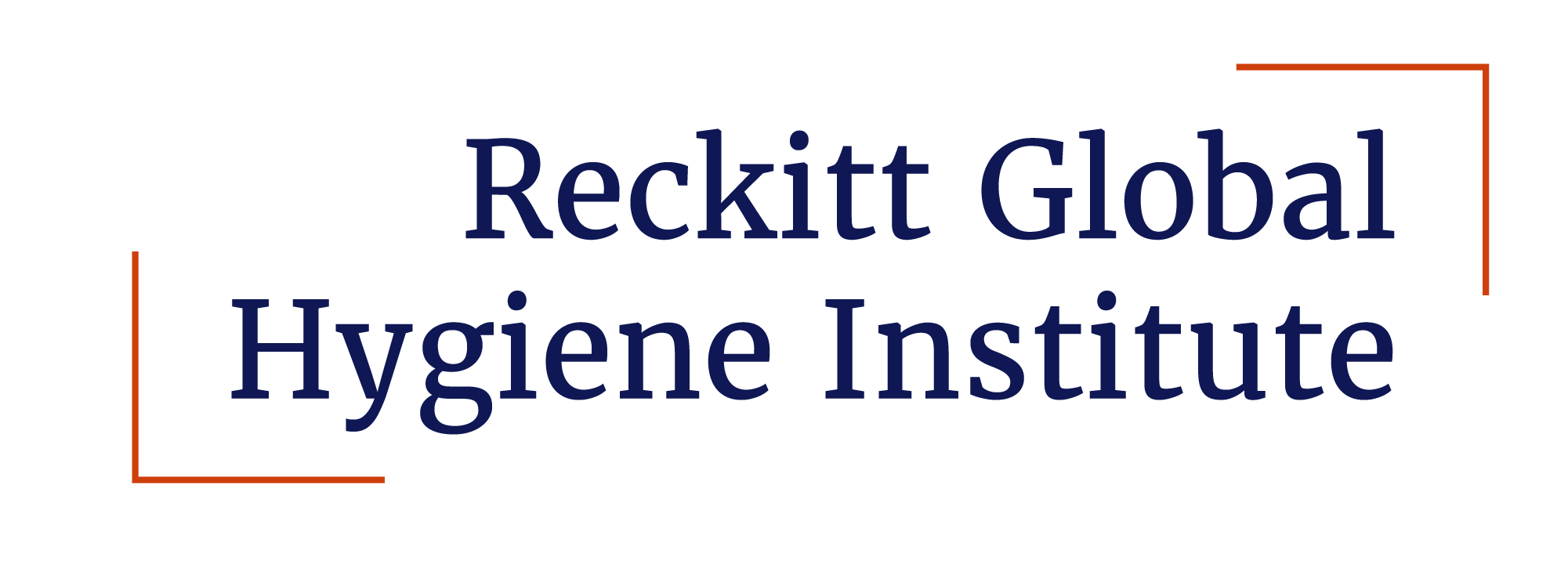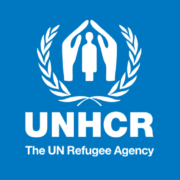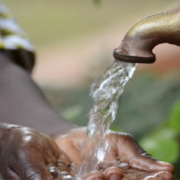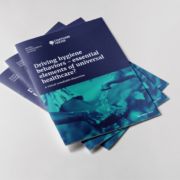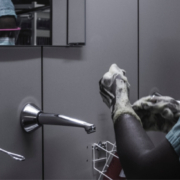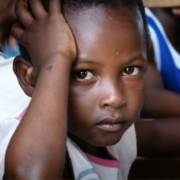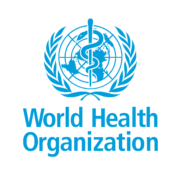On World Refugee Day hygiene experts highlight the many camps that don’t have clean water and proper toilets

A lack of clean water, hazardous toilets and no menstrual hygiene products – that’s the reality many refugees the world over are facing. Seeking shelter and protection from conflict or the impacts of climate change, thousands are displaced each year and forced to live in makeshift camps, oftentimes without access to basic services, including water and hygiene facilities.
According to UNHCR, there are 26.6 million refugees worldwide, 35 million of which are children. Research suggests more than half of camps aren’t able to meet people’s daily water needs.
Water and sanitation is a human right. Without it, especially in densely populated camps, the risk of disease increases drastically. In a refugee camp where medical facilities are also limited, that lack of basic facilities could be deadly. In failing to ensure there are adequate handwashing facilities and toilets, we are giving people a death sentence.
According to the World Health Organization, diarrheal diseases are the second major cause of death among children under 5, and are more prevalent in environments lacking adequate sanitation, hygiene, and safe water.
If people turn to untreated water, they run the risk of contracting cholera, diarrhoea, dysentery, hepatitis A, typhoid and polio. Using a communal toilet poorly located – one may be shared with 50 people according to UNHCR – can also put women and girls at risk of gender-based violence. And hours spent queuing at hand pumps takes from time that could otherwise be spent in school or earning a living.
RGHI, on World Refugee Day, is calling on the international community to increase efforts to ensure every refugee has access to water, sanitation, and hygiene, including menstrual hygiene products and education.
“Whilst refugees may think they’ve found safety within a camp, no clean water and poorly constructed facilities means they could be very wrong,”
The 2022 theme of World Refugee Day is the right to seek safety.
“Of course food and medicine are top priorities but we cannot forget that people deserve to live with dignity wherever they may be. That means implementing these simple features. You have to ask what are the challenges in providing such simple services and how can they be overcome? What support can be provided and what impact would this have on refugee health?”
RGHI is currently generating a body of research that studies the intersection between health and hygiene. While that research is in the initial stages, X said, the evidence already lays bare how integral handwashing and clean water are to people’s health.
“If it wasn’t clear before, the pandemic showed us that. Both the NHS and CDC highlighted the role of frequent handwashing in reducing the risk of contracting COVID-19. Think how much of an impact could be made to health if everyone everywhere had the access they needed to water etc.”
Aside from just installing better facilities, the needs of women and those living with disabilities need to be factored in at the design stage. Locks, ramps, adequate lighting, and handrails can make all the difference in terms of safety and accessibility.
“In this day and age, good hygiene shouldn’t be a pipedream but a reality for every person, regardless of where they live. We should be able to remedy this for refugees so that there’s no risk to health, safety or wellbeing. Let’s ramp up research and remedial action to ensure refugees no longer go without.”
# # #
Notes to editors:
June 20 marks the UN Refugee Agency’s annual World Refugee Day, which was established in 2001 with the aim of celebrating “the strength and courage of people who have been forced to flee their home country to escape conflict or persecution.” This year’s theme focuses on “the right to seek safety.”
For more information please contact: Sarah Roberts sarah@vanepercy.com
